This is the seventh installment of a decision game. If you have not done so already, please begin at the beginning and work forward from there.
Solution to the Fifth Problem
Informed by the discoveries of General Gossot, you continue with your effort to identify defective shells, to prevent the issue of such shells to formations at the front, and to change the methods that resulted in such defects. The last-named measures included placement of a disk between the explosive charge (depicted in red on the diagram) and the bottom of each shell (depicted in black) and a reduction, from 665 grams to 620 grams, in the amount of propellant used to fire each round.
The interruption of work resulting from changes to design, materials, and methods reduced the output of shells. In April of 1915, your warehouses took delivery of two million shells. In May, that number was reduced to a little more than one and a half million.
While you were doing this, General Joffre took measures of his own. In particular, he impounded ninety-five lots of ammunition (each of 5,976 rounds) that had been filled in the city of Clermont-Ferrand.
On 18 May 1915, a reorganization of the Ministry of War replaced your post (that of director of artillery) with the civilian position of under-secretary of state for artillery and munitions. On 8 June 1915, you received a prestigious decoration, that of commander of the Légion d’Honneur. On 1 July 1915, you took command of the 89th Territorial Infantry Division.
Overview
Between 20 December 1914 and 20 May 1915, premature explosions destroyed 487 field guns. Thus, on average, such accidents destroyed 97 field guns each month. On 1 May 1915, a census of 75mm field guns (Model 1897 and Model 1912) serving with French forces in the field counted 3,071 such weapons.
In July of 1915, premature explosions destroyed 59 field guns. In August of 1915, the number of such losses dropped to 20.
Sources:
Louis Baquet Souvenirs d’un Directeur d’Artillerie (Paris: Charles-Lavauzelle, 1921)
Service Historique Les Armées Françaises dans la Grande Guerre, Tome XI: La Direction de l’Arrière (Paris: Imprimerie Nationale, 1937) pages 197-212
Charles Menu Applications de l’Industrie: La Leçon d’une Guerre (Essai d’Histoire) (Paris: École Supérieure de Guerre, 1931)




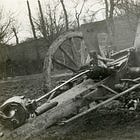
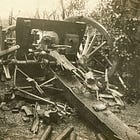

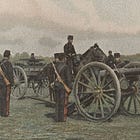

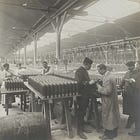
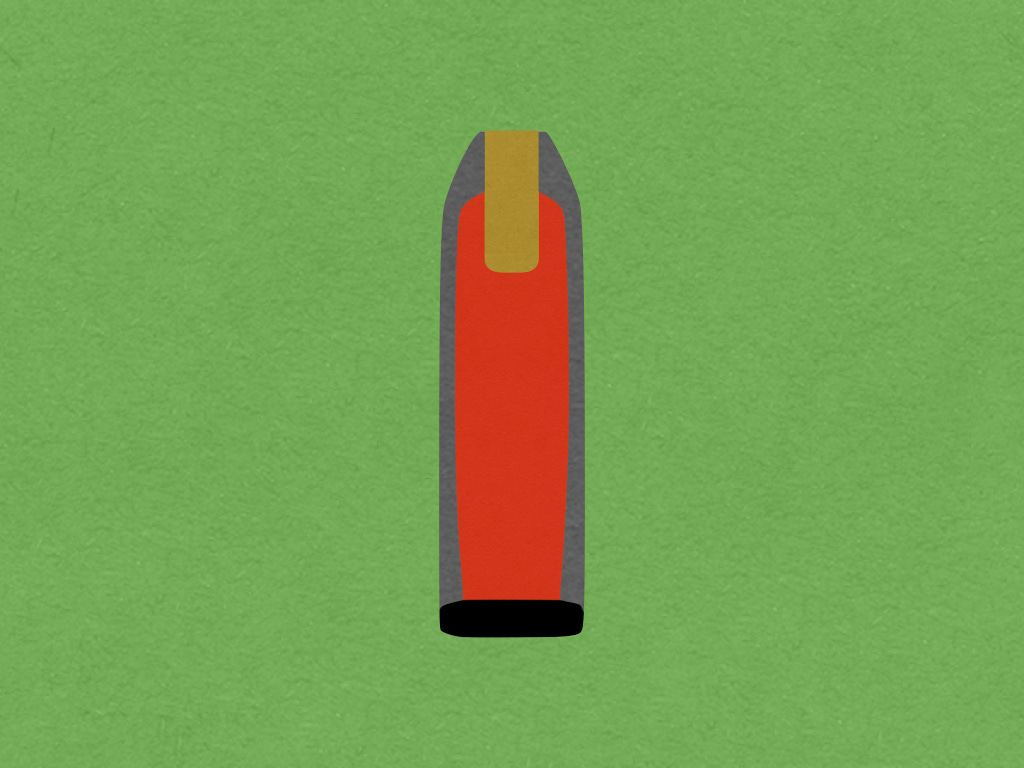
Typical military man tries to solve the problem and save lives but is replaced by a politician who doesn't care about winning.
Stinks to be General Baquet!